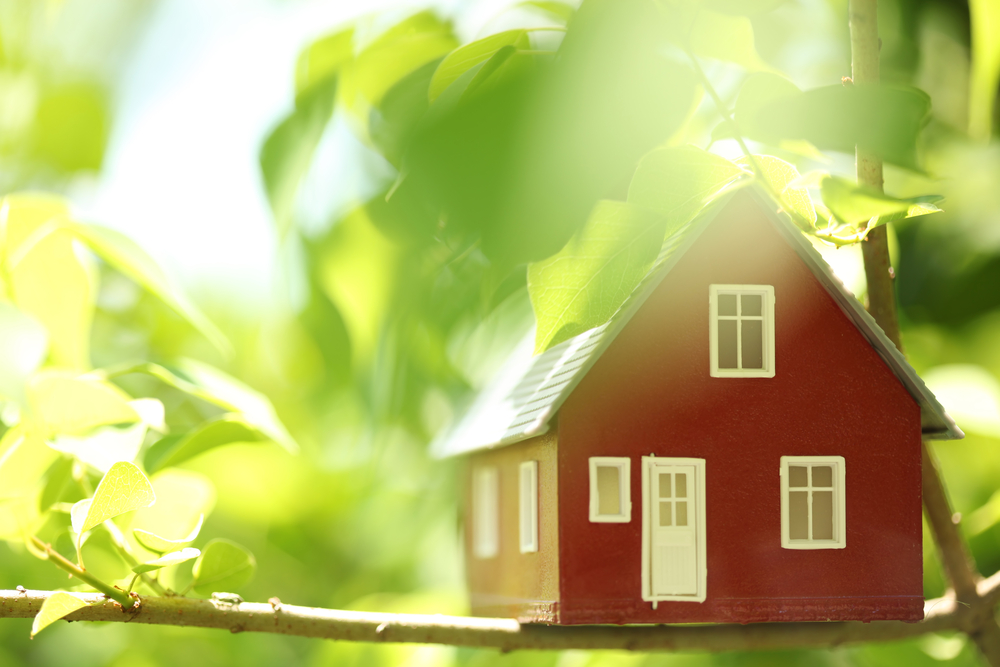
Things have come around full cycle. What did the Egyptians make the pyramids from? What about those adobe homes in the South West? Laura Ingalls Wilder lived in a little moss home in the side of a hill after she moved away from the log cabin in the Big Woods. Now, modern construction has come full cycle – builders are using eco materials in their construction. This should be better for the earth, better for our health and a great use of natural resources.
One new material is biological concrete. It contains several layers that work together to support the growth of moss and lichen on its surface. The innermost layer stays dry, and the second layer is waterproof. The two outer layers are the unusual layers: a biological layer which collects rainwater and another one that stores it. Using biological concrete has many advantages. It absorbs and reduces C02 released into the atmosphere, it can capture solar radiation and with its natural insulation, biological concrete can save on heating and cooling costs within the building from which it is made. Because the concrete maintains itself, there’s very little cost to upkeep. The first building to use this material is the Universitat Politecnica de Catalunya. Although biological concrete isn’t yet on the market, there is already considerable interest in the material.
Another new material popular in construction is bamboo. But bamboo isn’t just for island huts where you rest in a hammock, eating coconut cream pie – today’s construction world is using bamboo in all sorts of ways. Because bamboo varies considerably in size and density, researchers are looking into ways to modify the bamboo using thermo-hydro mechanics to produce flat surfaces, which can be laminated. In that way, they can create standardized panels of bamboo for construction. The advantages? Aside from being the most rapidly renewable resource on earth, bamboo is as strong as mild steel, it actually removes C02 from the atmosphere and makes efficient use of land. Bamboo structures last as long or longer than traditional wood, some species of bamboo are termite proof, and bamboo has a much lower carbon footprint than sustainably grown wood, steel or concrete.
Concrete printing is another material used in construction that has environmentally friendly consequences. Researchers have developed a 3D printer that can build physical objects based on computer-generated instructions. Scientists feel that although they could use this technology to build an entire skyscraper, it’s more likely they would use it to build specific components of a building. The advantage of concrete printing is that it’s more precise, which means it creates less waste and, in doing so, releases less C02 into the atmosphere. Because the 3D printing could take place in an on-site factory, there’s no transportation involved, further reducing the carbon footprint needed to build.
Using innovative technology, natural resources and working toward improving the environment, the construction industry is making great strides in eco-friendly construction. With more and more resources out there every day and a growing demand among consumers for eco-friendly construction, we have better chances every day at reducing CO2 emissions and saving the environment.

